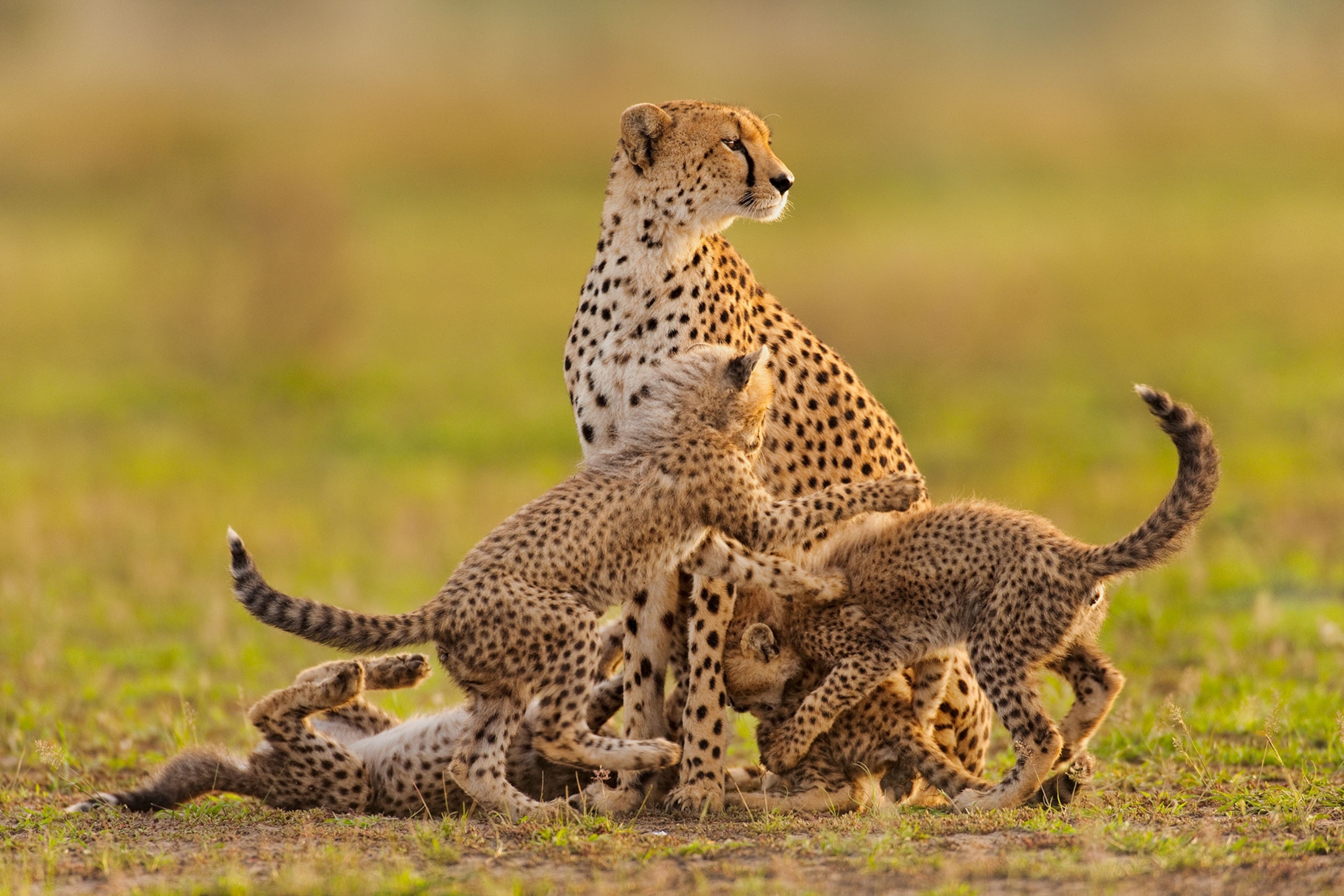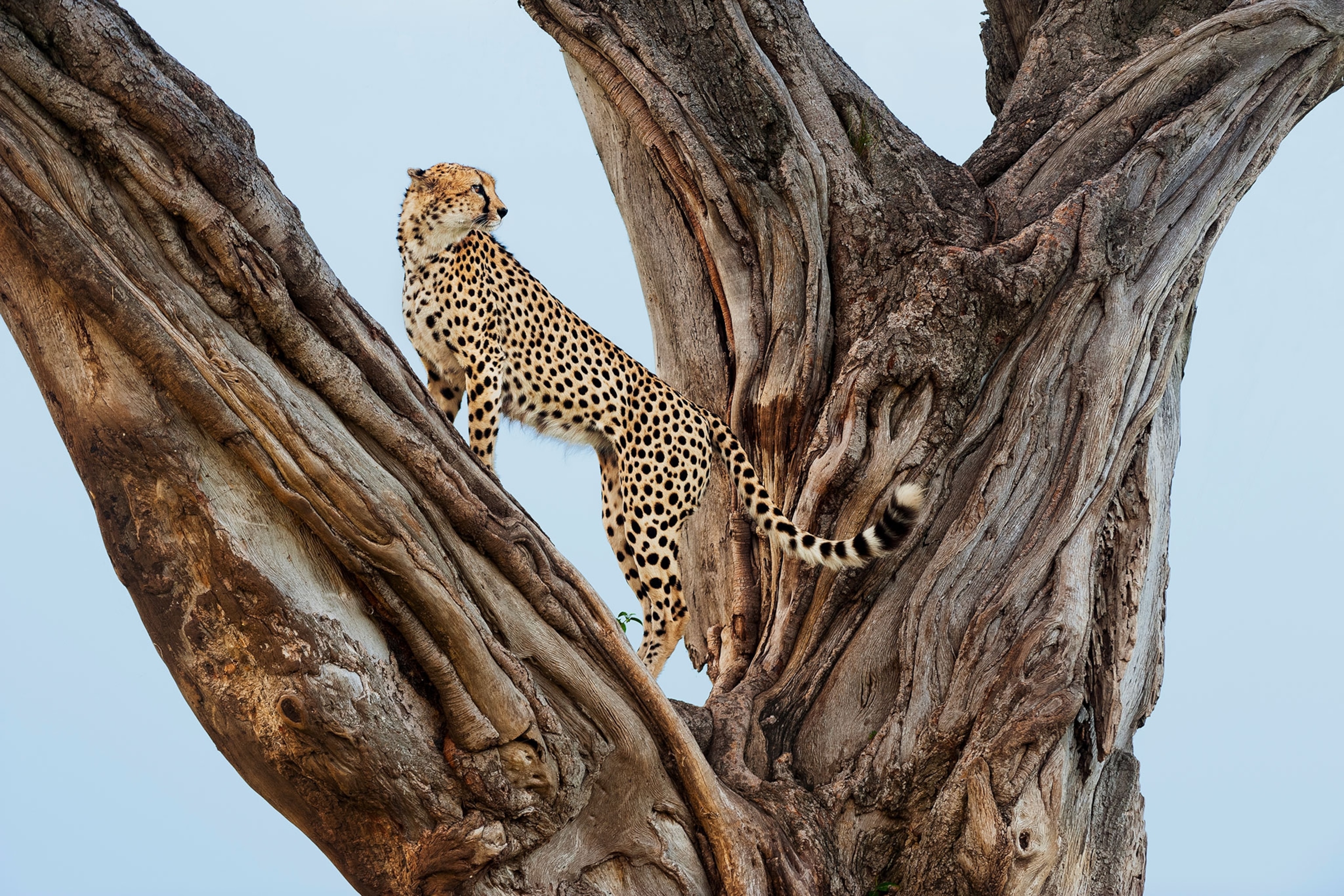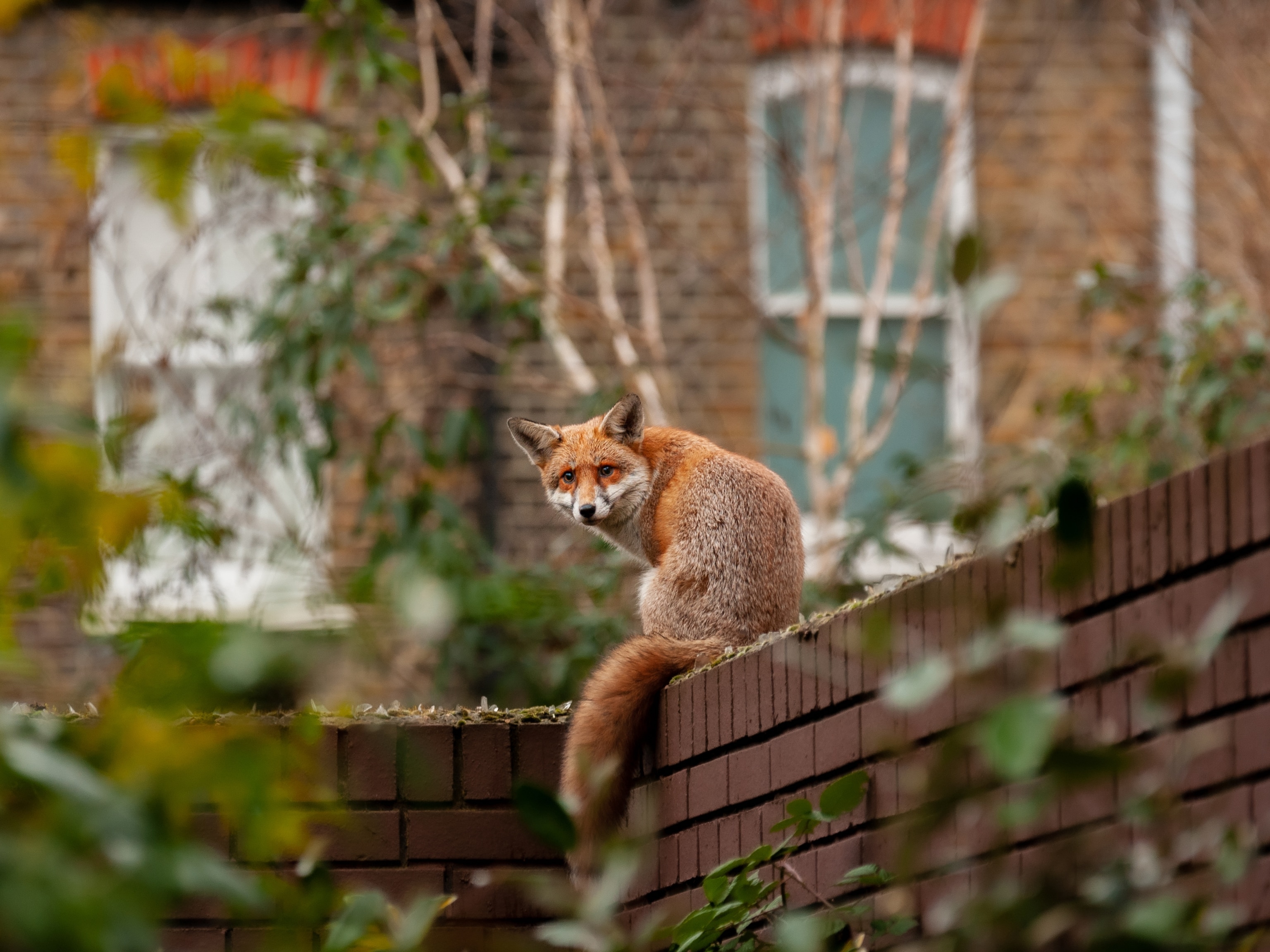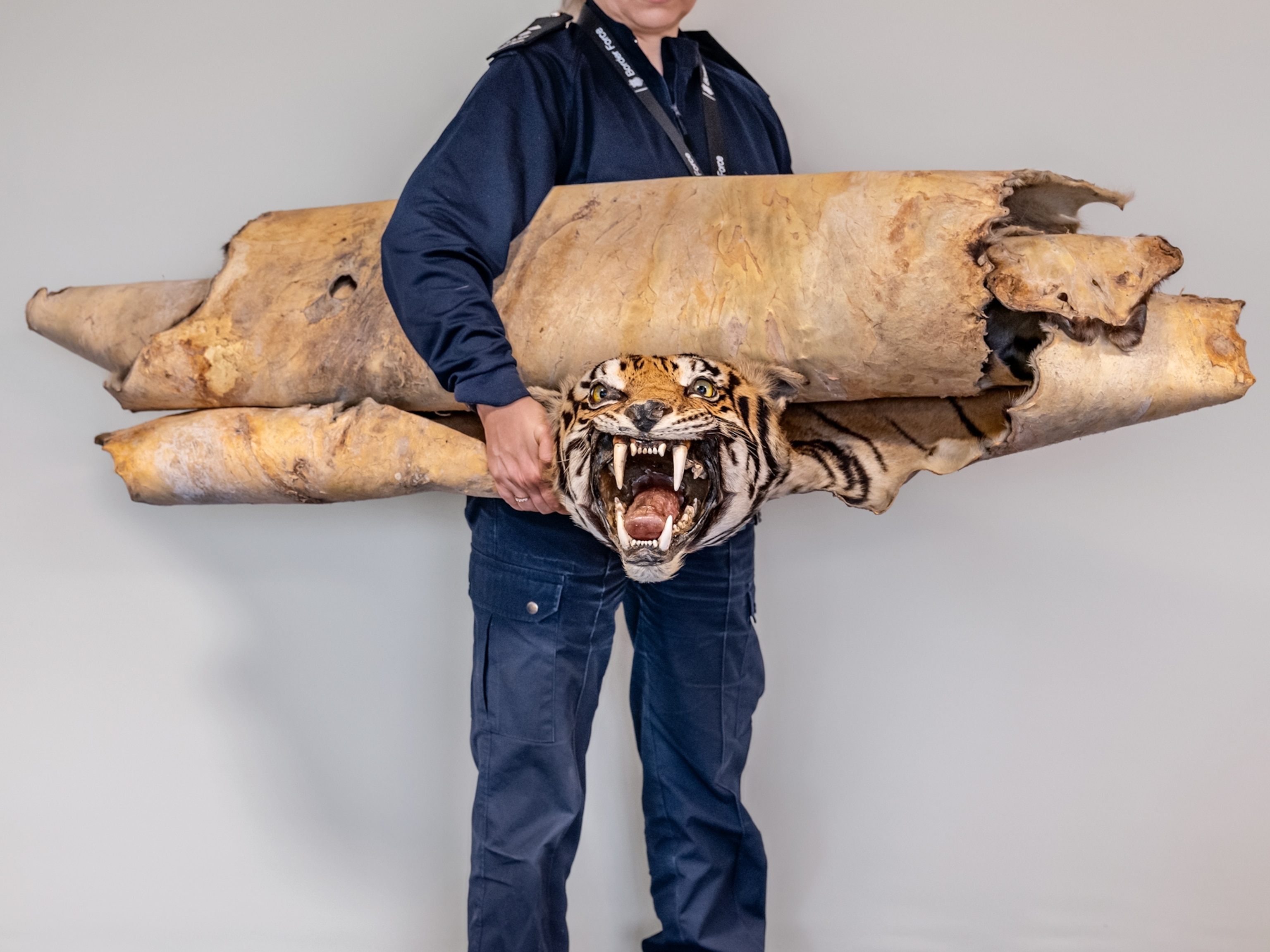
Rich People’s Pet Cheetahs Put Wild Cheetahs at Risk
As more cheetahs are smuggled out of Africa into the Persian Gulf states, a global wildlife summit tackles the exotic pet trade.
Johannesburg, South Africa — Cheetahs: The world’s fastest land animal and the Middle East’s hottest pet. On Instagram you’ll find hundreds of photos of rich, young Arabs posing with their cheetahs at home, in front of sports cars, even on boats.
Cheetahs as pets isn’t a new phenomenon. Egyptians and Persian royalty often kept the big cats. But now it’s different. Cheetahs have lost more than 90 percent of their range during the past century alone, and only about 7,000 are left in the wild (roughly 50 of those are Asian cheetahs, which live in Iran). Habitat loss and fragmentation has pushed them nearer to extinction, but the growing pet cheetah trade is also a formidable foe.
Booming wealth in the Gulf states—combined with the rise of social media—has fostered the trade. Ethiopia’s cheetahs have been especially hard hit. Traffickers smuggle cheetahs out through war-torn Somalia and across the Red Sea to conflict-ridden Yemen, where the animals can take one of many routes to other Arab countries, such as the United Arab Emirates (UAE).

“The numbers seem to be mind-blowing,” Patricia Tricorache, who investigates the illegal trade for the Namibia-based Cheetah Conservation Fund, told National Geographic’s Wildlife Watch earlier this year. She has documented 250 cases involving a thousand illegally traded cheetahs since 2005.
The international community has taken note. On Thursday a committee at the 17th Conference of Parties of the Convention on International Trade of Endangered Species of Wild Fauna and Flora, the treaty that governs the international wildlife trade, approved new recommendations that will, among other things, strengthen reporting requirements for confiscated live cheetahs and work with social media platforms to raise awareness and combat the online trade. (Read more about the recommendations on National Geographic’s Voices for Wildlife blog.)
Cheetahs in Trouble
Fewer than 300 incidents may seem like a small number compared with the tens of thousands of African elephants killed every year in the ivory trade, for example, but it’s devastating for cheetahs, which are endangered, experts say.
“The trade of just a handful of cheetahs would have a big impact on the population,” says Sarah Durant of the Zoological Society of London and National Geographic’s Big Cats Initiative. Many cheetah populations have fewer than a hundred of the cats, so taking just one can reduce that population’s viability.
Furthermore, she says, the confiscations only represent a small portion of the overall trade.
In addition to the progress made by CITES, the United Arab Emirates, one of the major destinations for smuggled cheetah cubs, is also on the verge of signing into effect a law that would ban pet cheetahs and other “dangerous wildlife.”

“The cheetah is more beautiful in the wild, not in a home,” said Ahmed Al Hashmi of the UAE’s Ministry of Climate Change and the Environment. “We tried to show people the impact of having cheetahs as exotic pets—diseases, dangerous behavior. But even if it doesn't harm you, you could harm it.”
Cheetahs require special diets, yet many cheetah owners simply end up feeding them cat food or prime cuts of meat, says Durant, both of which cause health problems. They also require a lot of space.
“Cheetah are wild animals and are not domesticated,” says Durant. “They require specialized care.”
The momentum the fight against the trade has gained must be kept up, says Nick Mitchell of the Wildlife Conservation Society. He and Durant are both part of the Range Wide Conservation Program, which works to protect cheetahs and wild dogs. Mitchell had just received the results of a new survey in Ethiopia showing that the cheetah population close to the Somali border has thinned.
“For the first time we’ve got evidence that the illegal trade in cheetahs is having an impact on wild cheetah populations,” he says. “They’re suffering from the trade, and they’re becoming scarcer.
“It’s ironic that you’ve got the fastest animal in the world—the animal that needs so much space—that ends up in somebody’s living room in a cage in the corner.”
(Read more stories out of the CITES meeting in Johannesburg here.)





